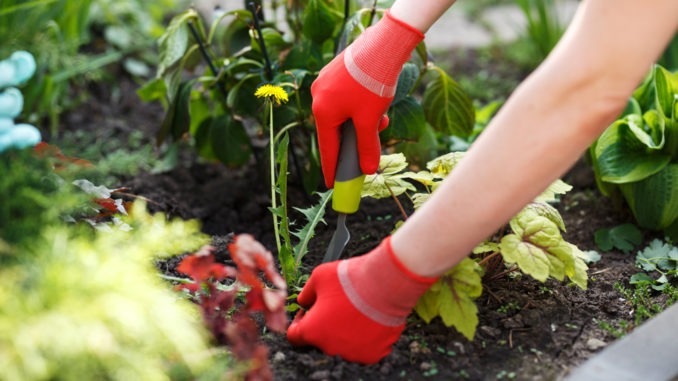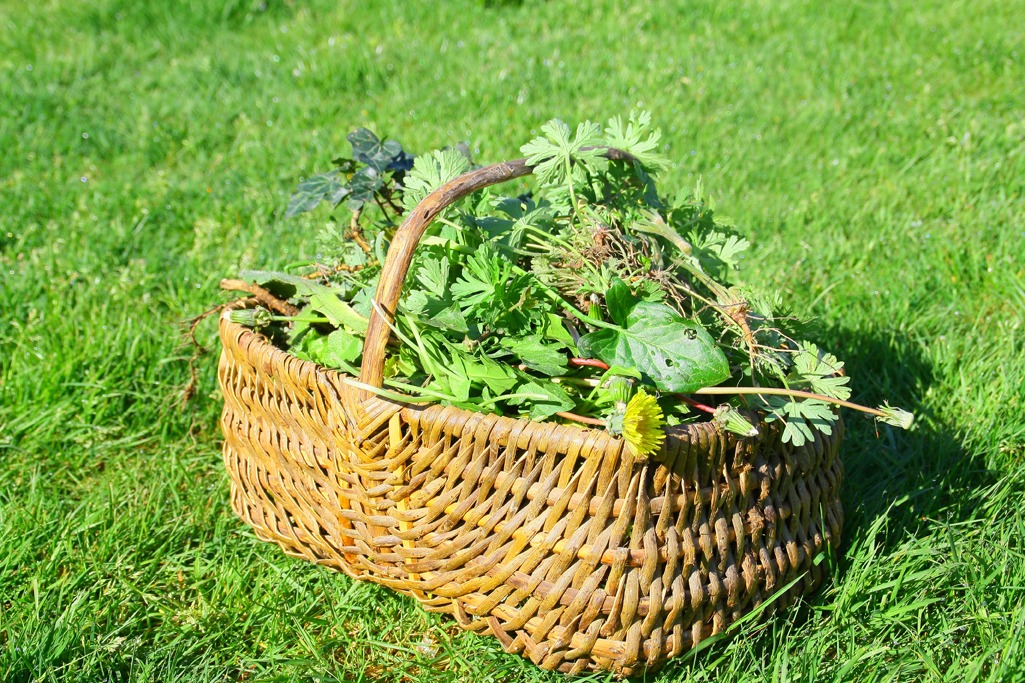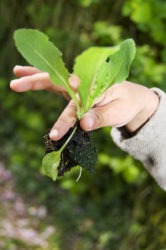
In the vegetable patch, in the pleasure garden, in the alleys, they are everywhere, nibbling a little more ground every day. They are the weeds, those famous weeds that rot the life of any good gardener. However, getting rid of them without upsetting the balance of the soil and the fauna is not that difficult. Here are a few tips.
Which plants to remove from the garden?
They are called “weeds” but should rather be called weeds. They are numerous, often tough and often benefit from spectacular development. A distinction is made between annual weeds and perennial weeds:
- Annuals: shepherd’s purse, chickweed, amaranth, seedlings, oakpods … To get rid of them, removing the aerial part is enough.
- Perennials: nettles, ficaria, creeping buttercups, rumex, dogs, horsetails, dandelions, bindweeds or field cirsis … To get rid of them, you must take care to remove the roots in depth otherwise these weeds return from year to year. ‘other.
Why weed your garden?
Why get rid of it? That is the question. Beyond their negative impact on the aesthetics of the vegetable patch or pleasure garden, weeds are detrimental to the good health of crops. They benefit from water, light and nutrients, all of this to the detriment of vegetables, flowers or shrubs. In addition, most of them benefit from rapid growth, they risk eventually suffocating crops.

How to weed your garden?
Of course, weeding can be experienced as a chore, but that does not mean giving up. By acting regularly, we overcome these invaders that are weeds.
- Chemical weed control: Of course, we can act by resorting to a chemical herbicide but this is neither good for the soil and the environment, nor for the water tables, nor for the vegetables that you will eat so your health, nor for microorganisms. In recent years, we have started to find ecological weedkillers in garden centers, including those based on pelargonic acid, a natural substance with herbicidal effects found in geranium.

- Manual or mechanical weeding: Otherwise, in addition to manual weeding which remains effective, we can use the hoe and the weeder. The hoe uproots weeds which must be removed permanently by hand. It also has the advantage of decreasing and aerating the surface layer of the soil. Hoeing must be regular. The weeder, for its part, penetrates less in depth and therefore has a more superficial action. It is preferred to less rooted weeds, such as chickweed.
- For very rooted plants such as dandelion, horsetail, rumex, thistles, you can use a gouge. New tools have also come onto the market such as the dandelion harvester.
- Solarization weed control : is used for weeding a large area intended for planting. Solarization consists in depriving the ground of light by laying a black tarp, old carpet, or even better cardboard covered with compost, potting soil or leaves which will decompose.
- Thermal weed control: by thermal shock, the weeds turn yellow and then die. You can find small torches or flame throwers with gas cartridges in garden centers. This is a preferred technique for paved or gravel surfaces. Handle with care.
When to weed your garden?
Weeding should be done in the spring and summer, before the plants go to seed, otherwise everything will have to be redone. Thermal weed control is best done at the end of winter.
Tips
The best way to save yourself the hassle of weeding is to anticipate. First, by regular hoeing which stops the germination of weeds. We can also practice mulching, which not only prevents unwanted plants from growing, but also maintains a certain humidity which limits watering. You can use straw, cocoa shells, bark, wood chips, but also grass clippings or dead leaves. There is also the green manure solution for a large area that you do not want to use for a while. Green manures occupy the soil instead of weeds, and when cut, nourish the soil.
